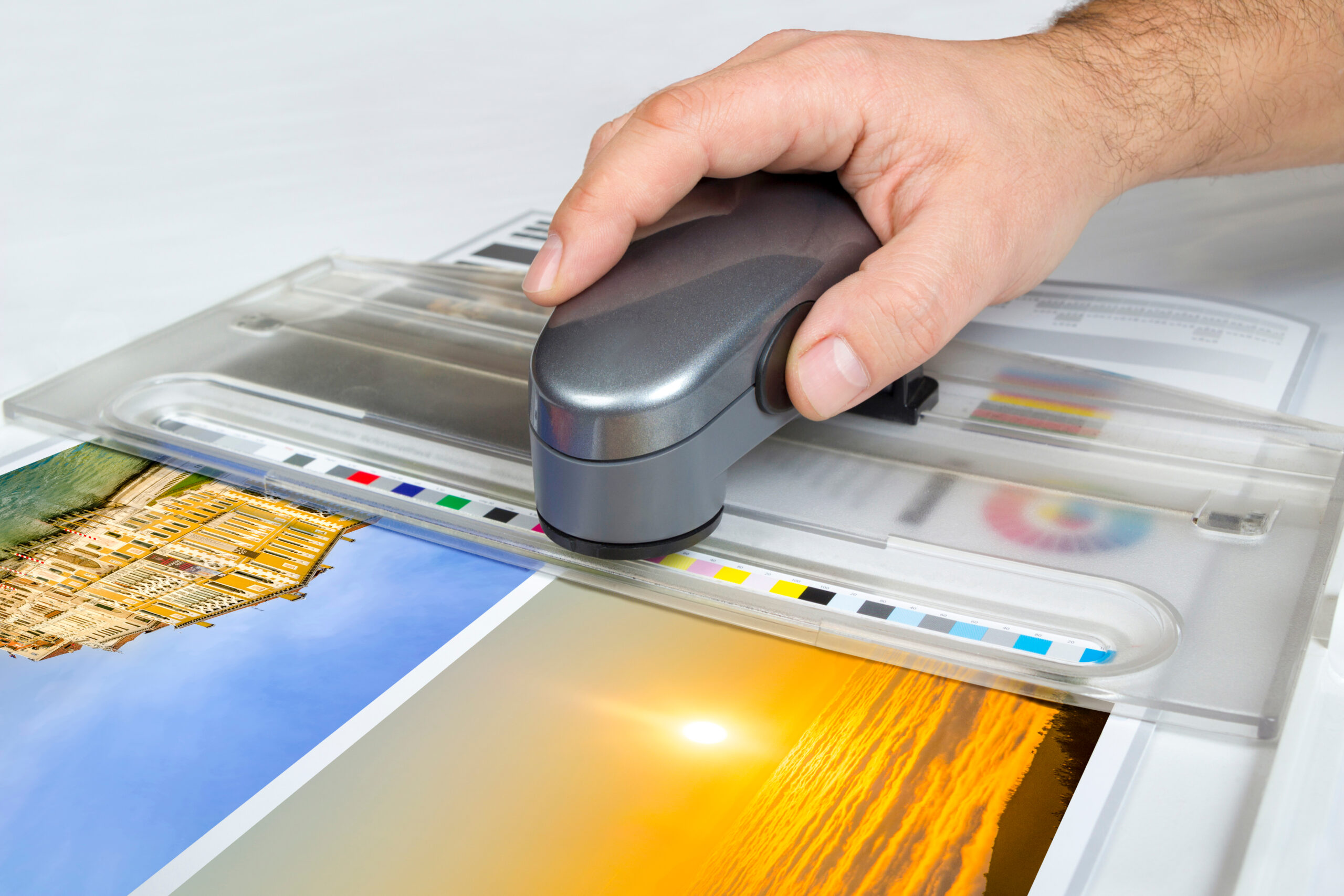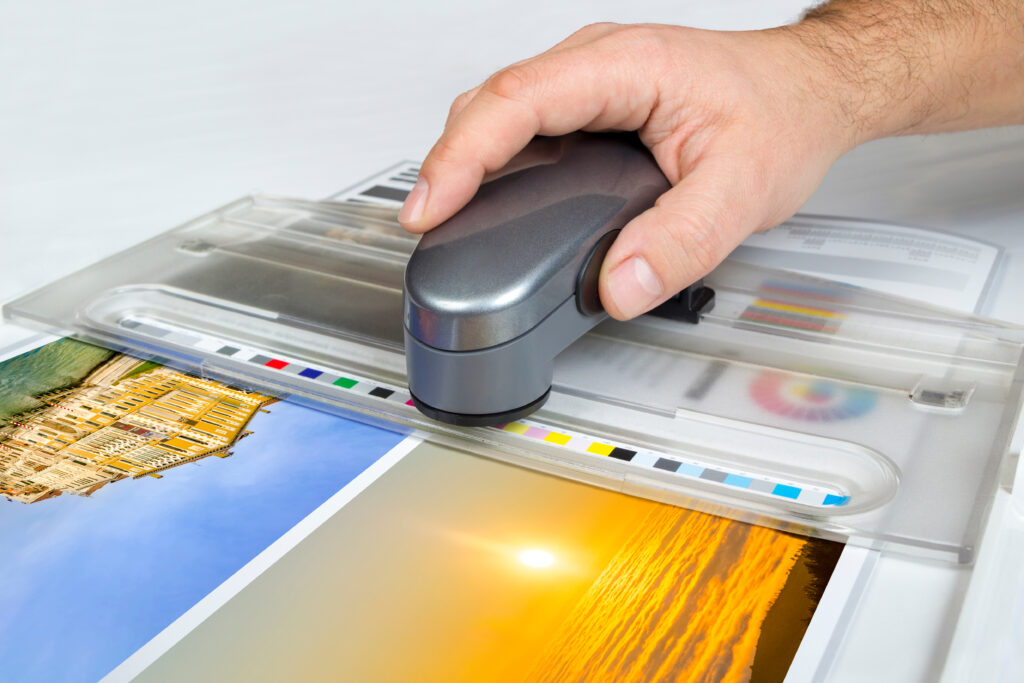If you’d told me five years ago that tech startups would be gushing over letterpress and debating paper weights, I would’ve laughed you out of the room.
Yet here we are in 2025, watching Silicon Valley’s finest swooning over the smell of fresh ink.
And the wildest part?
They’ve got the data to back up this analog love affair.
The Screen Fatigue Breaking Point
We hit peak digital exhaustion somewhere between the 500th targeted ad of the day and that endless stream of algorithmic content. Our brains started doing this fascinating thing – completely tuning out digital marketing like it was background noise at a coffee shop. The tech companies noticed, and boy, did that set off some alarm bells in their analytics departments.
The Revenge of the Physical World
Remember picking up a magazine and that feeling of discovery as you turned each page? Turns out our brains never forgot that sensation. The neuroscientists finally caught up with what our gut had been telling us – there’s something almost primal about holding something real in your hands. When you get a beautifully printed piece in the mail, it’s like receiving a gift. Try getting that dopamine hit from another banner ad.
Breaking Through the Digital Wall
The irony is delicious – the same companies that helped build our digital cages are now breaking free of them. Take Pixel Perfect, a digital marketing agency that just spent six figures on a quarterly print magazine. Their CEO admitted, “We were shouting into the void online. With print, we’re whispering directly into our customers’ living rooms.”
The Trust Game
In an era where AI can whip up fake videos faster than you can say “deepfake,” print has become marketing’s unexpected truth-teller. There’s something about committing ink to paper that says, “We’re confident enough in this message to make it permanent.” It’s like the difference between a text message and a handwritten letter – one feels disposable, the other feels like it matters.
The Marriage of Old and New
Here’s where it gets interesting – these companies aren’t just dusting off old playbooks. They’re reinventing print for the digital age. Imagine receiving a catalog that knows your browsing history (creepy, right?), but instead of feeling invasive, it feels like a personal shopper hand-picked everything just for you. That’s the magic happening right now.
When Data Meets Craft
The same nerds who optimize your click-through rates are now obsessing over paper texture and fold patterns. But they’re bringing their data-driven mindset with them. Every print piece is A/B tested, tracked, and analyzed with the same rigor as a digital campaign. The result? Print materials that work as hard as they look good.
The Sustainability Plot Twist
Now, here’s the part that’s really going to bake your noodle – some of these print campaigns are actually leaving a smaller carbon footprint than their digital counterparts. Between server farms burning through electricity and the endless cycle of device upgrades, digital isn’t as clean as we thought. Meanwhile, modern printing has gone full eco-warrior, with inks made from algae and papers that could probably save the planet if we let them.
The Hidden Cost of Clicks
Someone finally did the math on the environmental impact of our digital addiction, and let’s just say it wasn’t pretty. A well-planned print run using sustainable materials can actually outgreen its digital equivalent. It’s like finding out your gas-guzzling vintage car is somehow better for the environment than your neighbor’s Tesla.
The ROI Reality Check
Sure, print isn’t cheap. But neither is throwing money at increasingly expensive digital ads that people scroll past faster than their ex’s Instagram stories. When you factor in how long people keep print materials (weeks or months) versus digital ads (milliseconds), the math starts looking pretty interesting.
Playing the Long Game
The smartest companies are treating print like a fine wine – something to be savored and shared. While digital campaigns flash and fade, a well-crafted print piece lives on coffee tables, gets passed around offices, and becomes part of people’s daily lives. Try doing that with a Facebook ad.
What’s Next in This Plot Twist
As we roll through 2025, this print renaissance is writing its own story. The future isn’t about choosing between pixels and paper – it’s about finding clever ways to make them dance together. The companies winning this game are the ones who understand that sometimes the best way to be cutting-edge is to embrace what’s tried and true.
The real magic happens when you stop seeing print and digital as opponents and start treating them like best friends who bring out the best in each other. In a world where everything is starting to feel like a simulation, there’s something revolutionary about creating marketing you can actually hold in your hands.
Maybe that’s the biggest lesson in all of this – sometimes the best way to stand out in the digital age is to make something real. After all, you can’t doom-scroll through a magazine, and that might just be its superpower.



